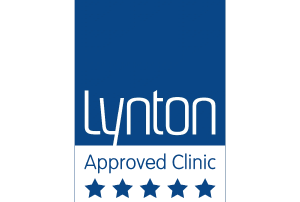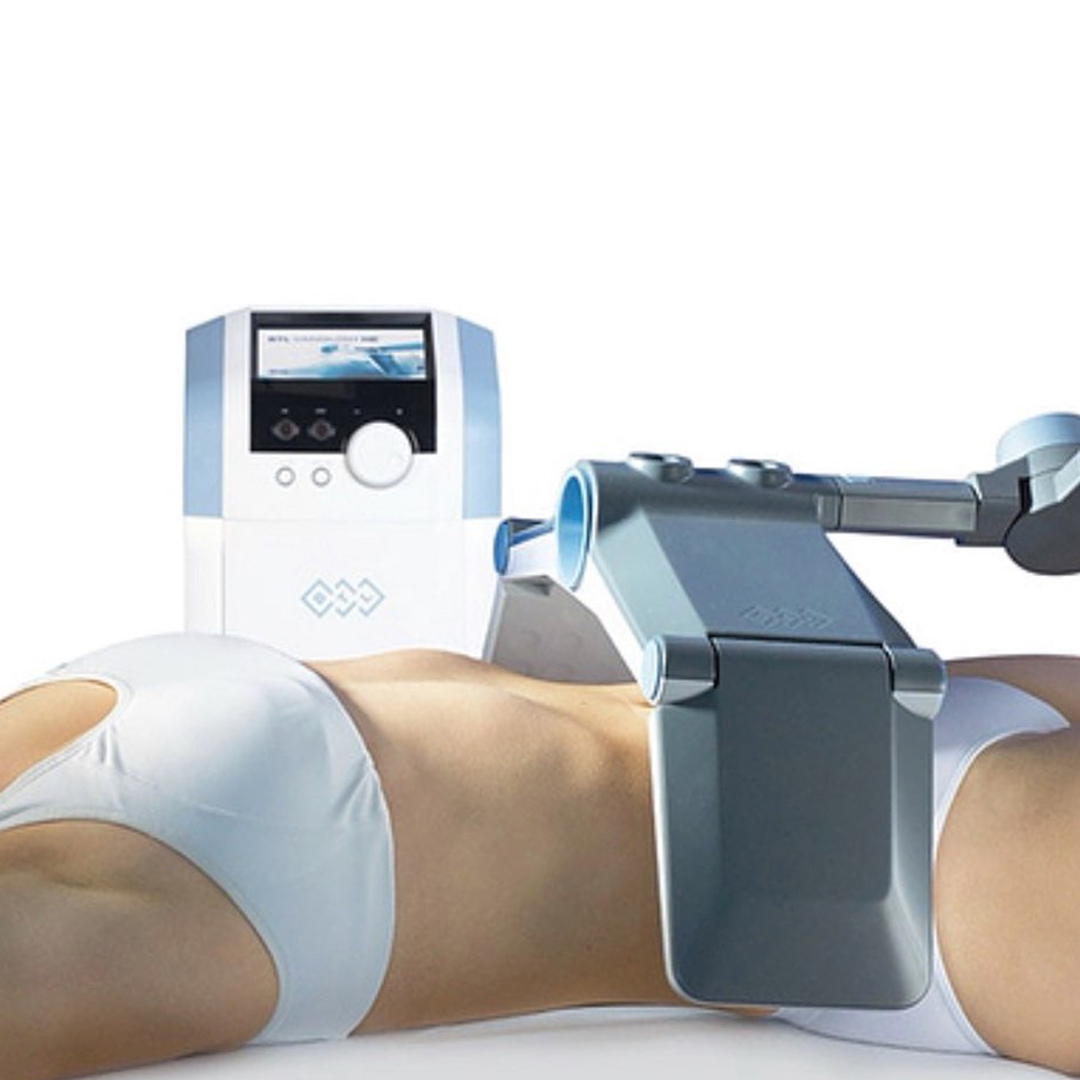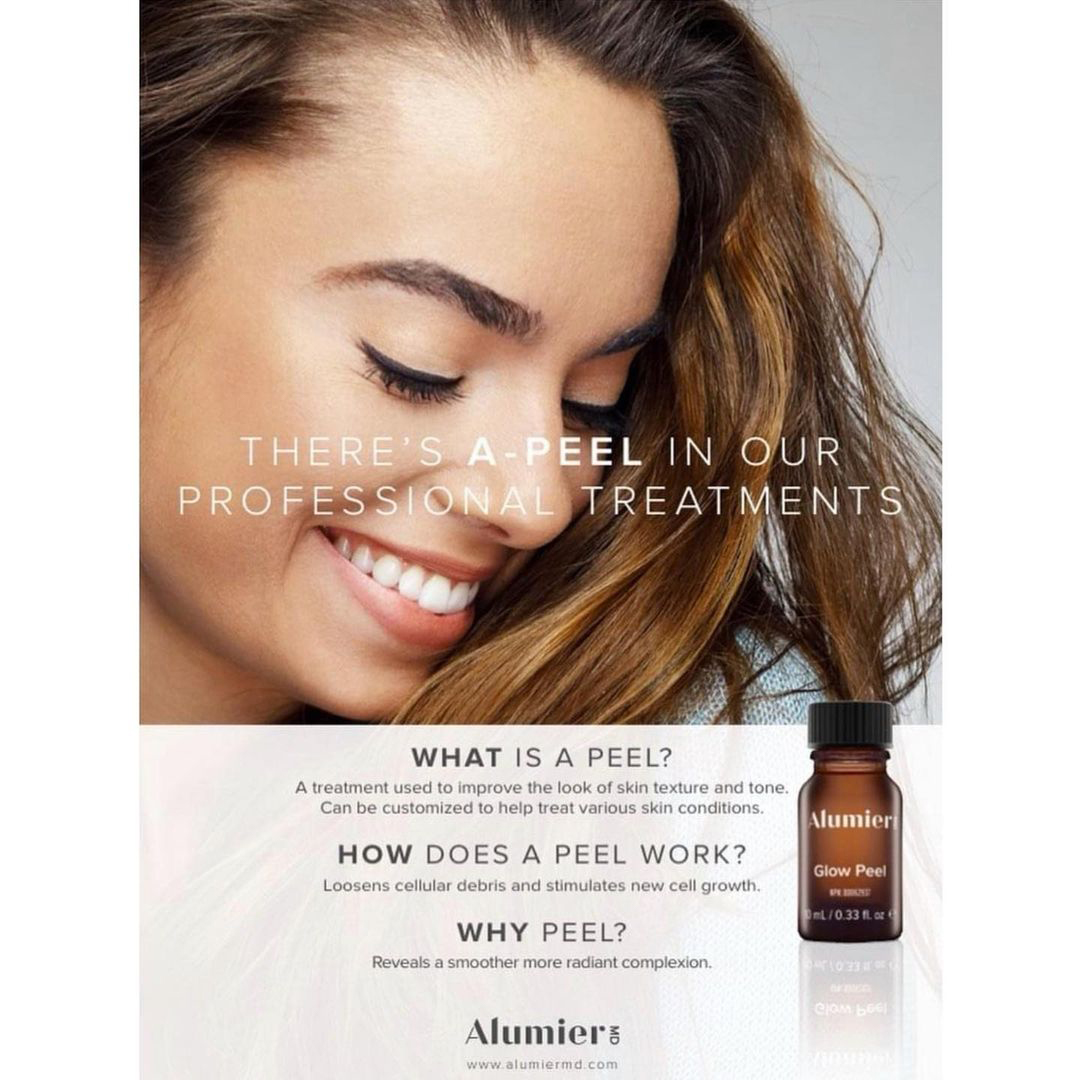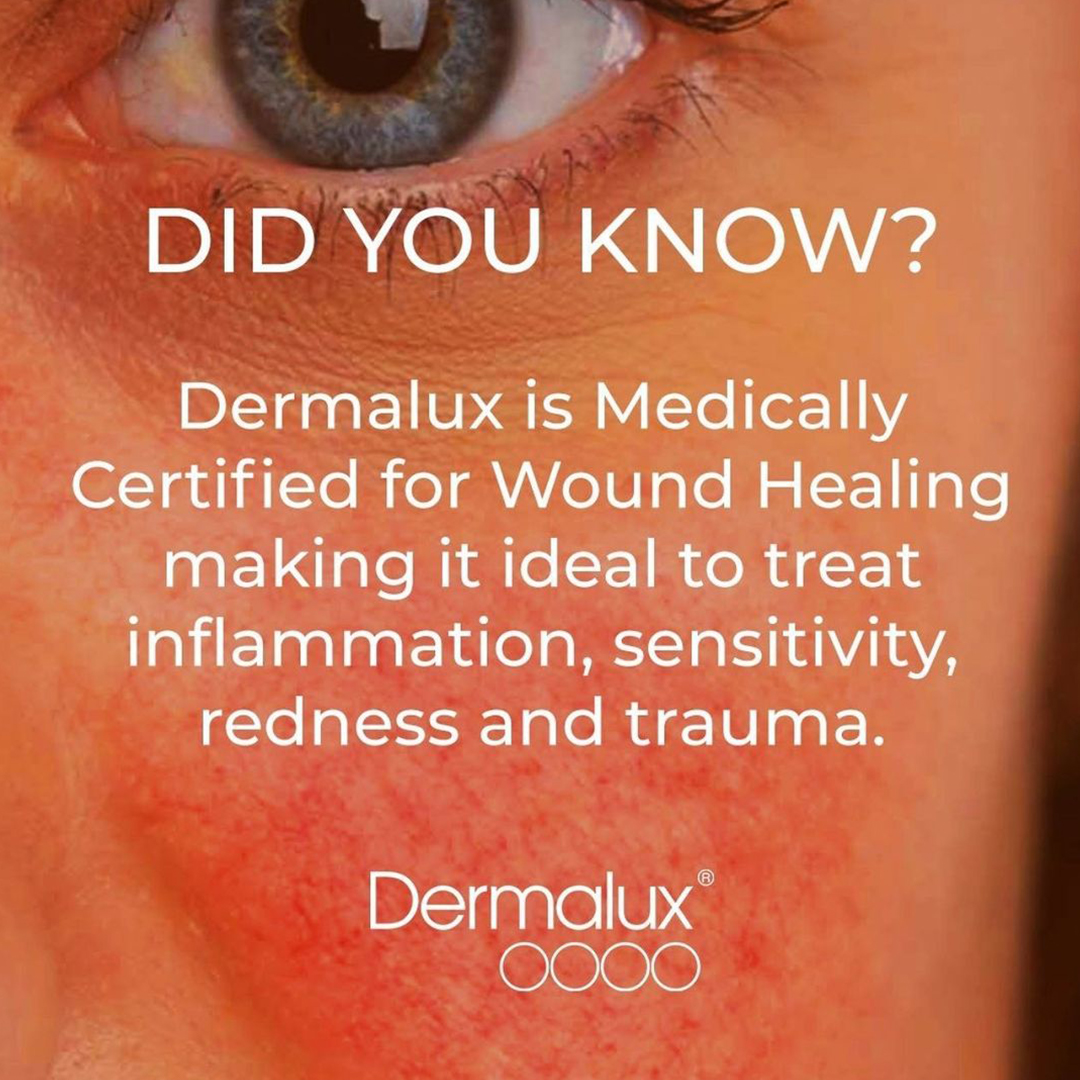Mole Removal: What Happens, How It’s Done, and More
The first step to mole removal is learning what moles are. Commonly found in a majority of the population, about 1 in 100 people are born with at least one mole, with the potential of developing about 10 to 20 moles in their lifetime.
Generally harmless, moles, or nevi, are growths on the skin that occur when cells called melanocytes grow in a cluster. Melanocyte cells are responsible for producing melanin, a pigment that gives colour to hair, eyes, and skin.
While most moles are benign, it is essential to monitor them for any changes, as this could indicate a risk of skin cancer, particularly melanoma. Understanding the different types of moles and how they are screened and removed can help you take proactive steps in managing your skin health.
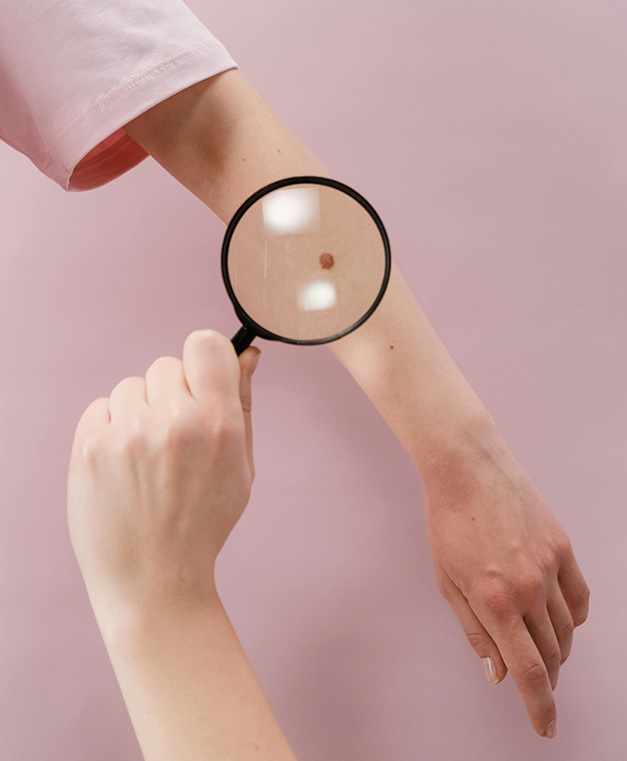
Types of Moles
Moles come in various shapes, sizes, and colours. Understanding the different types can help you recognise any abnormalities that may require attention from a dermatologist.
Common Moles:
These are the typical moles that many people have. They are usually small, round, or oval with a smooth surface and a distinct edge. Common moles are generally brown, but they can vary in colour from pink to black, depending on your skin tone. These moles are usually harmless and don’t require treatment unless they change in appearance.
Dysplastic Nevi (Atypical Moles):
Larger than common moles, Atypical moles have irregular shapes and uneven colours. They can be flat or raised with a pebbly surface, and their colour may range from tan to dark brown. They are considered precursors to melanoma and usually require closer observation.
Congenital Moles:
Congenital moles are present at birth and can vary in size and can be quite large. While most are benign, the risk of them becoming cancerous increases with their size. Large congenital moles may require regular monitoring and, in some cases, removal.
Blue Nevi:
These moles are typically blue or blue-black in colour due to the deep placement of pigment in the skin. They are usually benign but can occasionally be mistaken for melanoma due to their colour. A dermatologist can differentiate between a blue nevus and a malignant lesion.
Spitz Nevi:
Spitz nevi are dome-shaped, pink, or reddish-brown moles that typically appear in childhood or adolescence. They can resemble melanoma and may require a biopsy to confirm their benign nature.
Halo Nevi:
These moles are characterised by a white ring, or halo, surrounding them, which occurs when the immune system attacks the mole. Halo nevi are usually benign, but their presence could indicate a change in the immune system that may warrant further investigation.
What Is Map My Mole?
Aesthetic mole screenings offer a safe and non-invasive way to thoroughly examine your skin. With the Dyplens dermoscope from Map My Mole, our practitioners capture detailed, magnified, and well-lit images of your moles for expert analysis.
These high-resolution images allow external dermatologists to precisely identify the type of mole and evaluate its potential risk.
Mole screening isn’t only for serious conditions; many of our clients choose cosmetic mole removal to enhance their skin’s appearance. Even for common, low-risk moles, it’s crucial to seek expert guidance, as minor skin lesions can reveal more when viewed under magnification.
Offering Mole screening and removal in the Stoke-on-Trent and Staffordshire area, we here at Harley Skin & Laser Clinic will always support you in looking your best, contact us now at 01782 611001 or send an email to info@harleyskinandlaser.co.uk to get your mole mapping started.
Mole Screening: Map My Mole
Regular mole screening is essential for early detection of potential skin cancers, particularly melanoma. One effective method for monitoring moles is “Map My Mole,” a screening service that allows us to screen your moles with the help of the external dermatologists.
Benefits of Map My Mole
Early Detection:
By regularly monitoring your moles, you increase the chances of catching skin cancer in its earliest stages, when it is most treatable.
Personalised Tracking:
Map My Mole provides a personalised record of your skin, allowing you and your dermatologist to detect subtle changes that may not be noticeable during a self-exam.
Peace of Mind:
For those with a high number of moles or a family history of skin cancer, Map My Mole offers reassurance by providing consistent monitoring and professional evaluation.
Mole Removal Procedures
Surgical Excision:
This is the most common method of mole removal, especially for moles that are suspected to be cancerous. This procedure begins with a dermatologist numbing the area and using a scalpel to cut out the mole along with a margin of surrounding tissue. The wound is then closed with stitches. Once removed the mole tissue is sent to a lab for analysis to confirm whether the mole is benign.
Shave Excision:
For moles that are raised above the skin, a shave excision may be performed. The dermatologist uses a small blade to shave off the mole at the surface level. This method doesn’t require stitches, and healing usually occurs quickly.
Laser Removal:
Laser mole removal is primarily used for smaller, non-cancerous moles or for cosmetic reasons. A focused beam of light is used to break down the pigment within the mole, causing it to fade or disappear over time.
This method is less invasive and has a reduced risk of scarring, but it may not be suitable for all types of moles.
Cryotherapy:
Cryotherapy is the act of freezing the mole with liquid nitrogen, causing the tissue to die and fall off. Cryotherapy is often used for superficial moles or skin tags. It is a quick procedure, but it may require multiple sessions for the mole to be completely removed.
When Is Mole Removal Necessary?
Mole removal is typically recommended if a mole is suspected to be cancerous, if it shows signs of changing, or if it causes discomfort or cosmetic concerns. Dermatologists may advise removal if the mole:
- Changes in size, shape, or colour.
- Becomes painful, itchy, or bleeds.
- Has an irregular border or an uneven colour.
- Appears after the age of 30.
- Is located in a high-friction area, such as under a bra strap or waistband.
Mole Removal Aftercare and Recovery
Post-removal care is crucial for preventing infection and ensuring proper healing. After the procedure, the dermatologist will provide instructions on how to care for the wound, including keeping the area clean, applying any prescribed ointments, and protecting the skin from sun exposure.
Most people can return to their normal activities within a day or two, but it’s important to monitor the area for any signs of infection or complications.
Cost and Availability in the UK
Mole screenings are available from Harley Skin & Laser Clinic Staffordshire for as low as £100. With this, you will receive a full report from our external Consult Dermatologists detailing the mole. If you’d prefer to remove the mole for aesthetic appearances, we can also perform a Cryotherapy mole removal.
UK Mole Removal & Screenings
Regular monitoring and early detection of moles can play a crucial role in maintaining skin health. By understanding the types of moles, utilizing tools like Map My Mole for screening, and knowing your options for mole removal in the UK, you can take proactive steps to protect your skin from potential risks. Always consult with a dermatologist if you notice any changes in your moles, and remember that prompt action can make a significant difference in outcomes.







